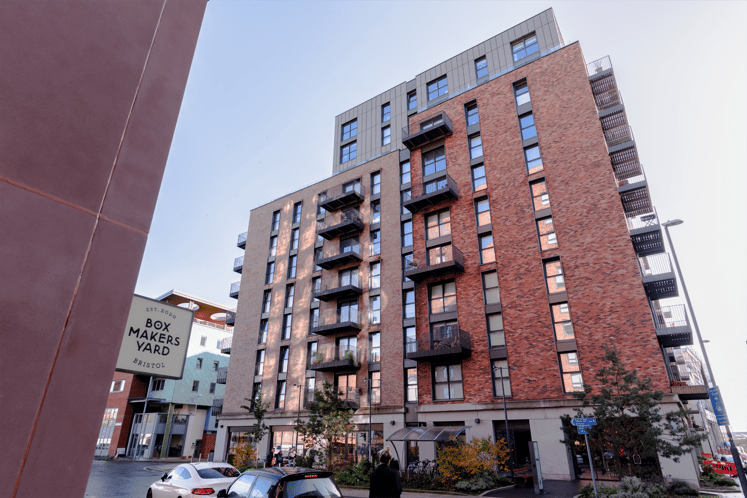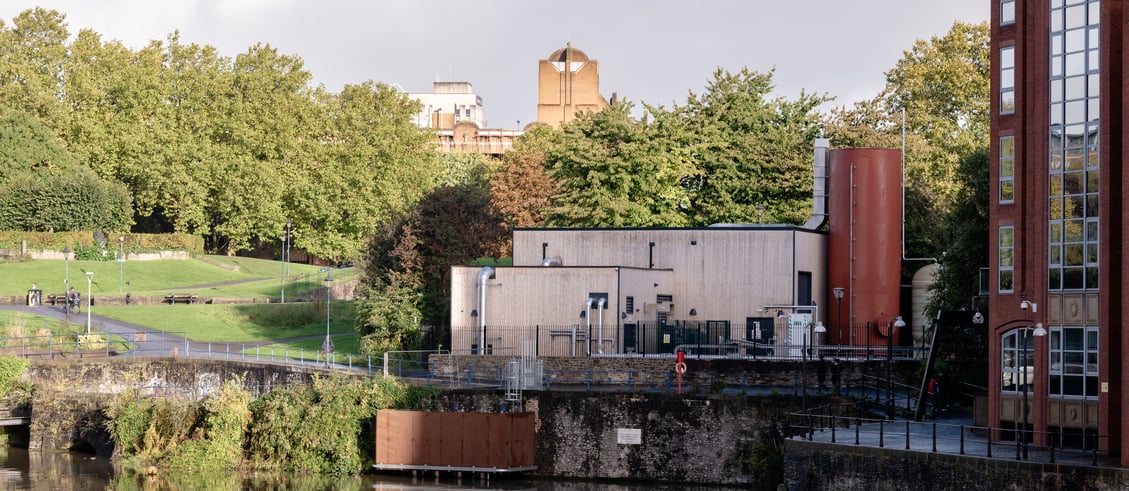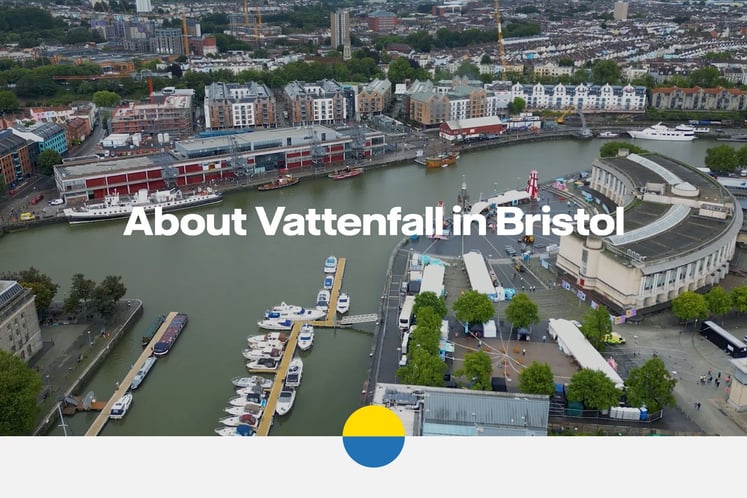Vattenfall in Bristol
We are driving the transition towards low carbon heating by building a city-wide heat network to provide reliable heating and hot water to homes and businesses across Bristol.
Our partnership with Bristol City Leap
We are working with Bristol City Leap, a world-first city-scale public and private sector partnership aimed at achieving carbon neutrality for the city's energy infrastructure by 2030.
The twenty-year partnership between Bristol City Council, Ameresco and Vattenfall will enable the delivery of at least £1 billion of investment into Bristol’s energy system.
As the heat network partner we will invest £475 million by 2030 to expand the heat network and provide heating and hot water to the equivalent of 12,000 homes.
Watch the video below to learn more about our work in Bristol:
Video player requires marketing cookies.
To view this content please click here to allow marketing cookies.
The Bristol Heat Network
We are helping the UK achieve its climate change ambitions by developing large, city-scale low carbon heat networks.
We are proud to partner with like-minded and forward thinking local authorities and developers and support them on their decarbonisation journey.

Video player requires marketing cookies.
To view this content please click here to allow marketing cookies.
2050 Vision
Our vision is that over half of all Bristolians living, working and learning in the city will be kept warm by the Bristol heat network by 2050.

Stay up to date
Did you know, we publish quarterly regional newsletters, keeping you up to date with our heat network projects and the latest news from Vattenfall Heat UK? Stay informed, stay connected, and be part of the journey towards a low carbon future.

Delivering social value as we build
We are building on the foundation of community participation in Bristol by providing opportunities for local groups to become part of the network's fabric through a combined social value package worth £61.5 million. This includes spending £50 million with local supply chain, creating over 1,000 new jobs and offering a range of funding initiatives.
Building low carbon energy infrastructure
We use the floating harbour in Bristol to generate 3MW of heat through an award-winning water source heat pump at our Castle Park Energy Centre.
This is England’s largest harbour-based water source heat pump and provides heating and hot water to 2,500 homes through the Bristol heat network.
By 2030, our goal is that buildings in Bristol will be powered by a combination of water source and air source heat pumps, electric boilers, thermal storage and waste heat from industrial processes.
Video player requires marketing cookies.
To view this content please click here to allow marketing cookies.
Watch the video to find out how our Castle Park energy centre works.
Our team
We have a growing team of talented colleagues based in Bristol.



Contact us
Vattenfall Heat UK
If you are a customer on one of our heat networks, please visit our heat customers website or contact us on 0808 143 3633.
London
70 St Mary Axe
London
EC3A 8BE
Edinburgh
The Tun Building
Holyrood Road
Edinburgh
EH8 8PJ
Bristol
Bristol City Leap
101 Victoria Street
BS1 6PU




